
This year’s World Economic Forum had an exceptional lineup of tech leaders talking about the opportunities and threats of artificial intelligence. I’m still going through all the interviews to get a better sense of where the science, business, and political communities stand on the topic.
But so far, one thing has stood out for me. In his recent interview with Satya Nadella at Davos, Bloomberg’s Brad Stone asked if Microsoft was worried about being over-reliant on a partner “whose goals and mission might be different than Microsoft’s.”
Here is how Nadella responded:
“I feel we are very capable of controlling our own destiny… Our products are not about one model. We care about having the best frontier model, which happens to be GPT-4 today. But we also have Mixtral in Azure as a model as a service. We use Llama in places. We have Phi, which is the best SLM from Microsoft. So there is going to be diversity in capability and models that we will have, that we will invest in. But we will partner very very deeply with OpenAI.”
To understand the importance of these remarks, it is worth taking a look back at how the relationship between Microsoft and OpenAI has evolved. Microsoft made its first investment in OpenAI in 2019, when the latter changed its structure from non-profit to capped-profit.
The partnership between Microsoft and OpenAI is beneficial to both companies. Largely thanks to Microsoft’s resources, OpenAI has transformed itself from a research lab into an AI company with over $1 billion in revenue and valued at around $100 billion.
In addition to its huge return on investment, Microsoft’s partnership with OpenAI made it the leader in new AI products with its exclusive access to OpenAI’s state-of-the-art models. It has also contributed to the rise in Microsoft’s stock value and its recent surpassing of Apple as the most valuable company in the world.
However, the two companies are not on an equal footing. For the moment, OpenAI is only targeting the market for private models served in the cloud through API access. On the other hand, Microsoft is already preparing itself for the shifts in the market.
Until two years ago, LLMs were only known to be the kind of huge model served by OpenAI. They needed huge computing resources and could only run in the cloud. But thanks to advances in open-source models, there are now LLMs of various sizes, some of which compete with the likes of GPT-3.5 and can run on computers with consumer-grade GPUs. Researchers are also working on high-performance LLMs that can run on edge devices such as phones.
These changes are slowly stripping the advantages of OpenAI and other companies that only sell API-based access to their models.
This is where Satya Nadella’s remarks come into perspective, especially when compared to other moves that Microsoft has recently made. Microsoft is already decoupling its products from OpenAI’s models through its Copilot branding. It is no longer evident that the AI powering your Copilots is GPT-4 or other OpenAI models. In fact, as Nadella said in his comments, they are already using Meta’s Llama in some places. Microsoft is also looking into on-device language models with its Phi models.
The market for LLMs is being commoditized, and the competition will gradually shift from performance to pricing. Moreover, open-source LLMs are quickly catching up with the best private LLMs. At some point, exclusive access to GPT-4 and its successors might not be a competitive advantage for Microsoft, as Nadella alluded to in his comments. And this is what Microsoft is preparing itself for.
OpenAI is also preparing itself for the future and creating moats against market shifts. But it is nonetheless extremely reliant on Microsoft for its business and continued success. Indeed, the two companies are not on equal footing.
























